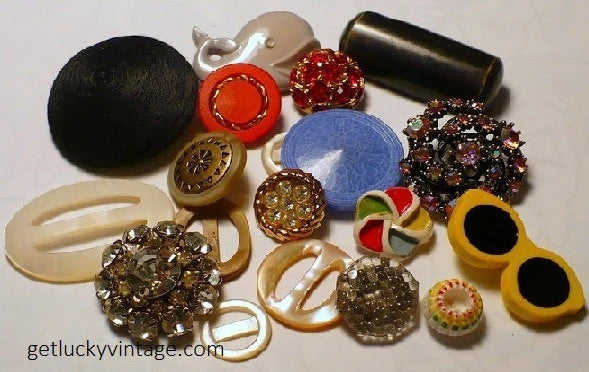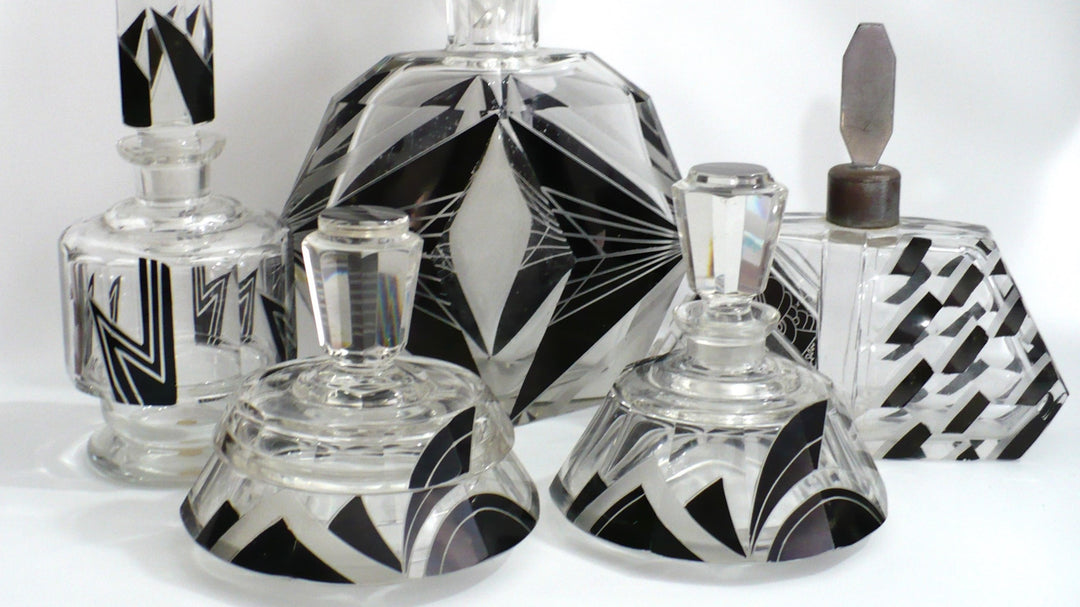Embossing, a technique that creates raised or textured areas on the surface of an object, was widely used in the production of postcards during the "Golden Age of Postcards." This era, which spanned from the late 19th century to the early 20th century, saw a surge in the popularity and production of postcards. Embossed postcards were highly sought after during this time due to their unique and tactile qualities.

The embossing process involved pressing or stamping the paper to create raised designs or patterns. This technique added depth and texture to the postcards, making them visually appealing and distinctive. The Golden Age of Postcards was characterized by a wide range of artistic styles and themes, and embossing was frequently used to enhance the overall design. Embossed postcards often featured intricate floral motifs, ornate borders, or other decorative elements that were brought to life through the embossing process.
The popularity of embossed postcards can be attributed to several factors. Firstly, embossing added a sense of luxury and craftsmanship to the postcards, making them stand out among other forms of communication. Secondly, the tactile nature of embossed postcards provided a sensory experience for both the sender and the recipient, adding to their appeal.

Today, embossed postcards from the Golden Age are highly sought after by collectors of antique and vintage postcards. They offer a glimpse into the artistic techniques, design trends, and social customs of the time. They make wonderful gifts and look beautiful framed as well. The intricate embossing adds a touch of elegance and nostalgia to these collectible pieces.




Leave a comment